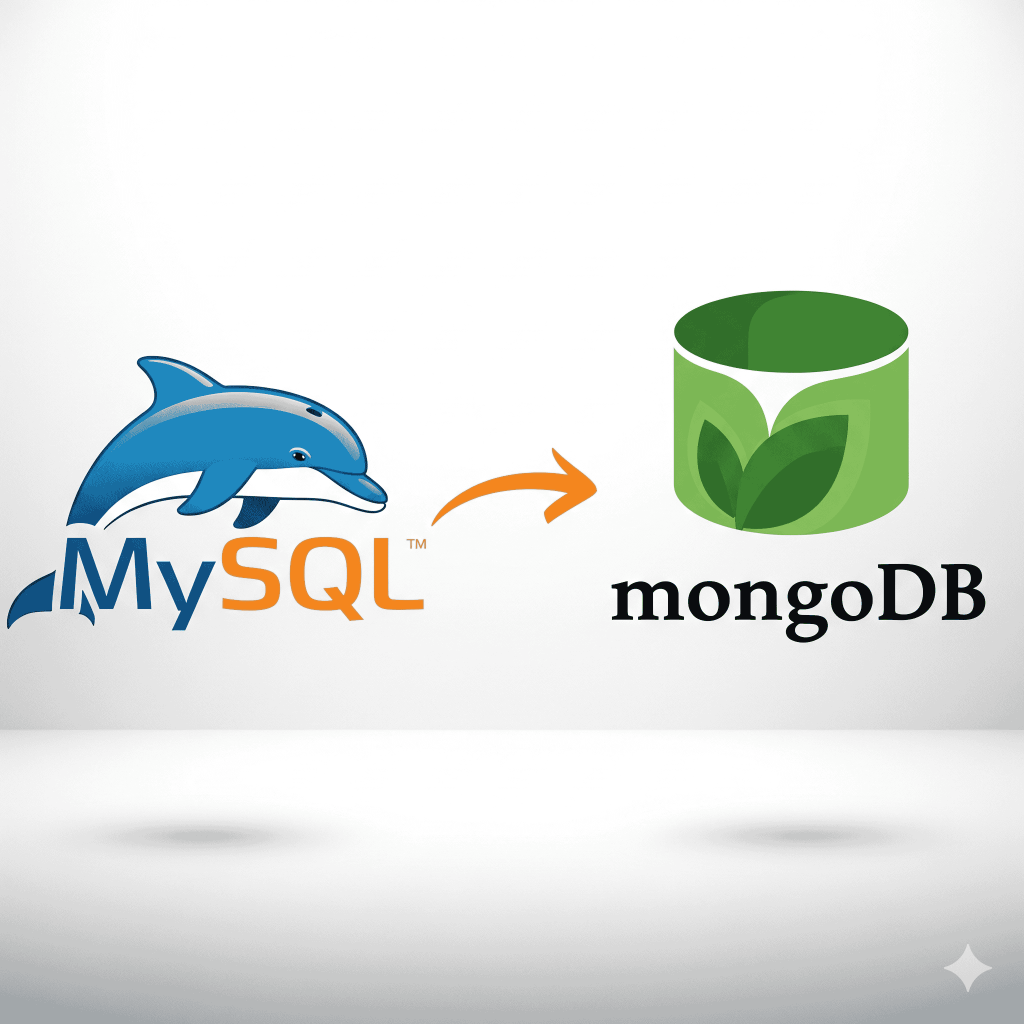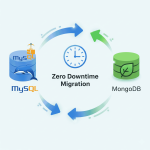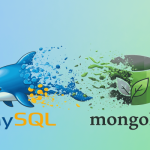Introduction
As businesses scale, traditional relational databases like MySQL may face limitations in handling large volumes of data, dynamic schemas, and real-time processing. That’s why many organizations are migrating from MySQL to MongoDB—a flexible, NoSQL database built for modern applications.
In this step-by-step guide, we’ll walk through how to migrate a database from MySQL to MongoDB safely and efficiently.
1. Understand the Differences: SQL vs NoSQL
Before migration, it’s important to know what changes you’re making:
- MySQL: Relational, table-based, fixed schema.
- MongoDB: Document-based, flexible schema, JSON-like format.
👉 Example: A MySQL table with rows becomes a MongoDB collection with documents.
2. Prepare Your Database for Migration
Checklist before migration:
- Backup your MySQL database.
- Identify the tables and schemas to be migrated.
- Map relational data structures (tables, joins) to MongoDB collections.
3. Choose a Migration Approach
There are two main approaches:
a) Manual Migration
- Export MySQL data as JSON or CSV.
- Import into MongoDB using
mongoimport.
b) Automated Tools
- MongoDB Atlas Live Migration
- MySQL to MongoDB migration tools (e.g., Studio 3T, Talend, AWS DMS).
4. Perform Data Transformation
Since MongoDB uses a different data model:
- Flatten normalized data into nested documents.
- Convert foreign key relations into embedded documents.
- Validate JSON structure before importing.
👉 Example: Instead of users and orders tables, embed orders inside the user document.
5. Migrate Data into MongoDB
- Use
mongoimportfor CSV/JSON files:
mongoimport --db newDB --collection users --file users.json --jsonArray
- Test imports with small datasets before migrating everything.
6. Verify Data Integrity
- Check record counts between MySQL and MongoDB.
- Validate relationships (embedded documents vs linked collections).
- Test queries for accuracy.
7. Optimize the New MongoDB Database
After migration:
- Add indexes for faster queries.
- Enable replication for high availability.
- Consider sharding if handling massive datasets.
8. Test Your Application
- Update backend code (e.g., switch from MySQL driver to MongoDB driver).
- Test API endpoints.
- Verify performance improvements.
9. Go Live with Migration
- Schedule a downtime window for final migration.
- Redirect your application to the MongoDB cluster.
- Monitor closely for errors or performance issues.
Conclusion
Migrating from MySQL to MongoDB can significantly improve scalability, flexibility, and performance. By carefully planning and testing each step, you can ensure a smooth transition without data loss.
👉 At Redirect India, we specialize in database migration, schema optimization, and application modernization. Contact us to migrate your database to MongoDB safely and effectively.



